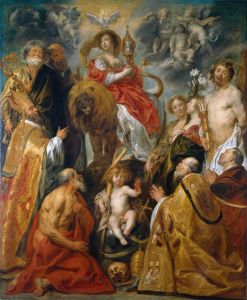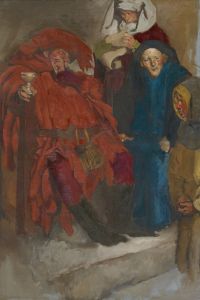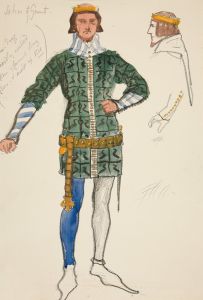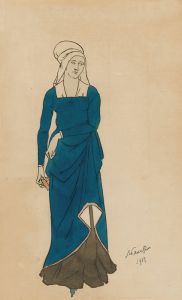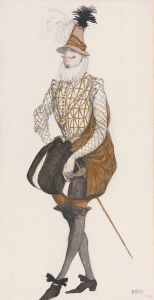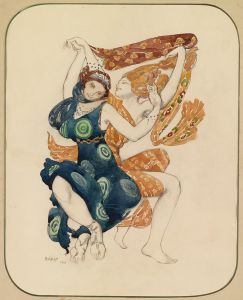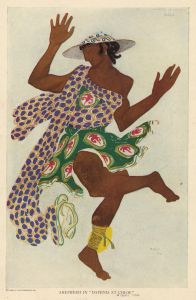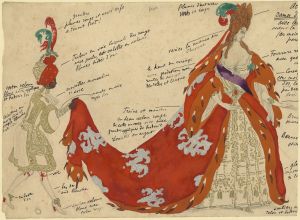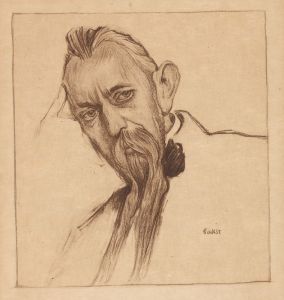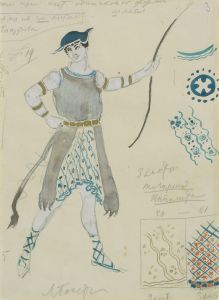
Le sacre du printemps
A hand-painted replica of Léon Bakst’s masterpiece Le sacre du printemps, meticulously crafted by professional artists to capture the true essence of the original. Each piece is created with museum-quality canvas and rare mineral pigments, carefully painted by experienced artists with delicate brushstrokes and rich, layered colors to perfectly recreate the texture of the original artwork. Unlike machine-printed reproductions, this hand-painted version brings the painting to life, infused with the artist’s emotions and skill in every stroke. Whether for personal collection or home decoration, it instantly elevates the artistic atmosphere of any space.
Le Sacre du printemps, also known as The Rite of Spring, is a renowned ballet and orchestral concert work by the Russian composer Igor Stravinsky. However, when referring to a painting by Léon Bakst, it is important to clarify that Bakst was a prominent Russian painter and scene and costume designer who was closely associated with the Ballets Russes, a famous itinerant ballet company based in Paris. Bakst is celebrated for his vibrant and imaginative designs that significantly influenced the visual style of early 20th-century ballet productions.
Léon Bakst did not create a painting specifically titled "Le Sacre du printemps." Instead, his contributions to the world of ballet are most famously linked to his work as a designer for other productions by the Ballets Russes, such as "The Firebird" and "Scheherazade." Bakst's designs were characterized by their bold use of color, intricate patterns, and an ability to evoke the exotic and the fantastical, which complemented the innovative and often avant-garde nature of the Ballets Russes' performances.
The Rite of Spring, on the other hand, premiered in 1913 with choreography by Vaslav Nijinsky and music by Igor Stravinsky. It was a groundbreaking work that caused a sensation and even a riot at its premiere due to its avant-garde music and unconventional choreography. While Bakst was not directly involved in the production of The Rite of Spring, his influence on the aesthetic of the Ballets Russes during that era was significant.
Bakst's work with the Ballets Russes helped to establish a new visual language for ballet, moving away from the traditional and towards a more modern and expressive form. His designs often drew inspiration from Russian folklore, Orientalism, and Art Nouveau, and they played a crucial role in the overall impact of the performances for which he designed.
In summary, while Léon Bakst did not create a painting titled "Le Sacre du printemps," his contributions to the Ballets Russes and his influence on the visual arts of ballet during the early 20th century are well-documented and celebrated. His work remains an important part of the history of ballet and theater design, known for its creativity and its ability to capture the imagination of audiences.





